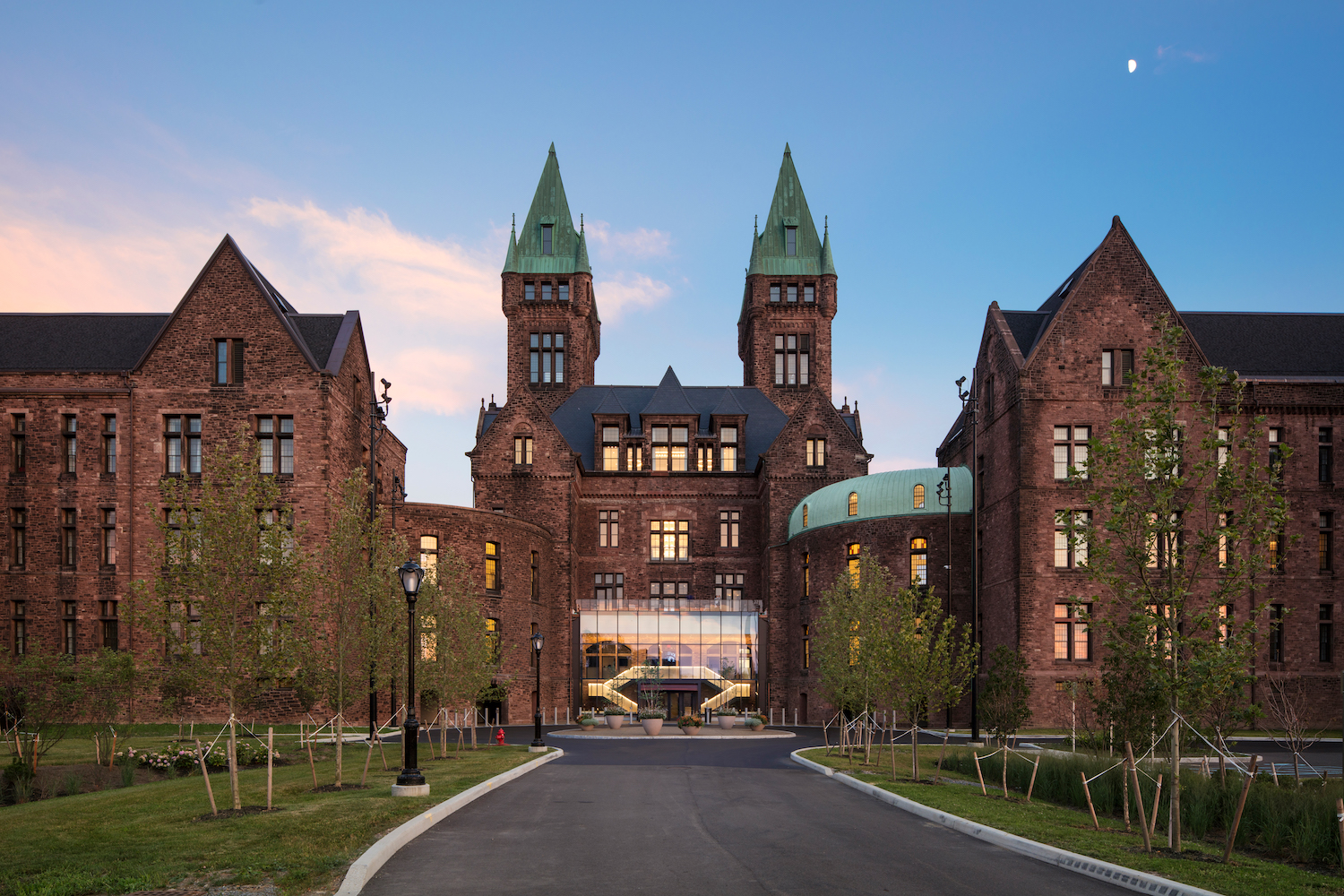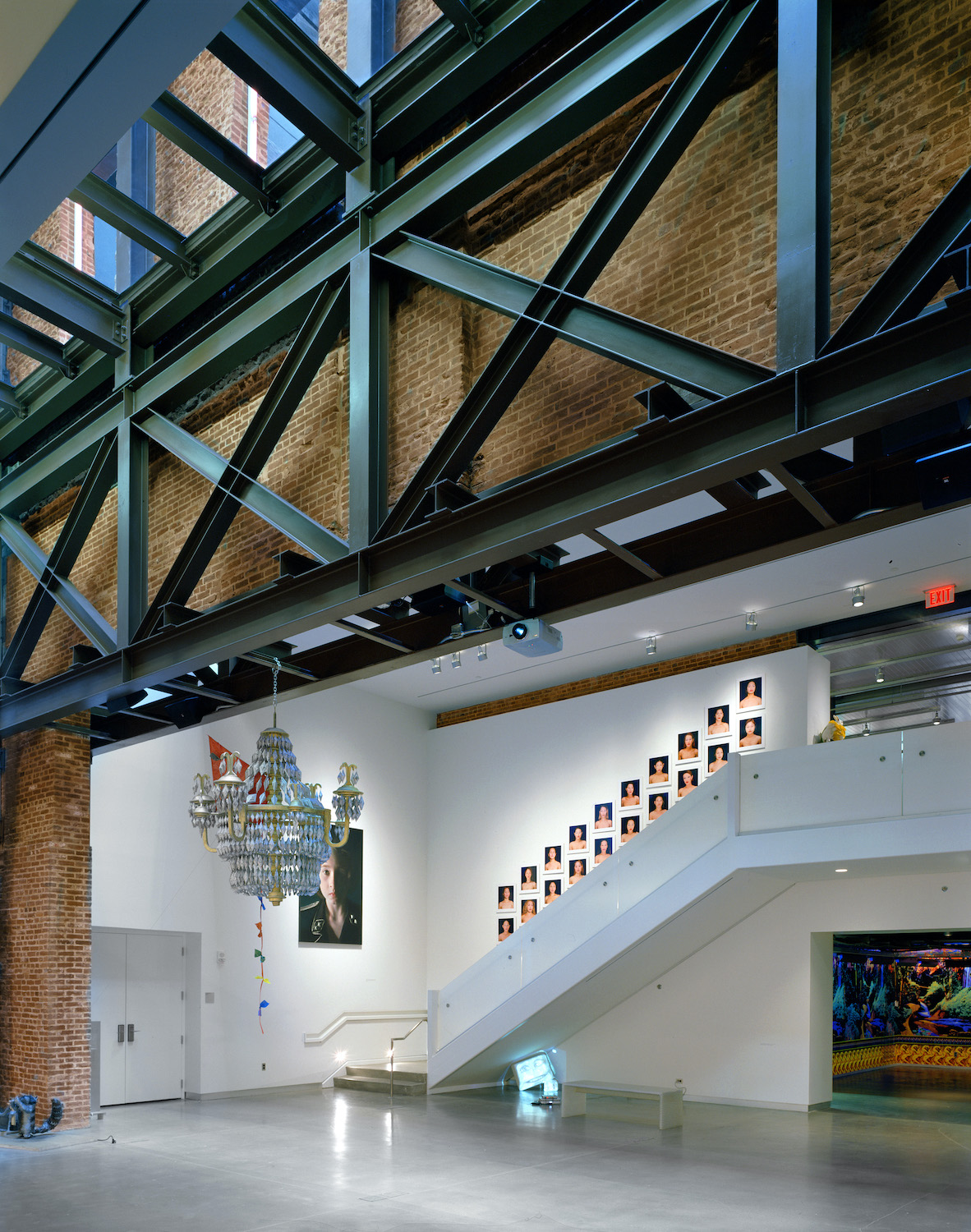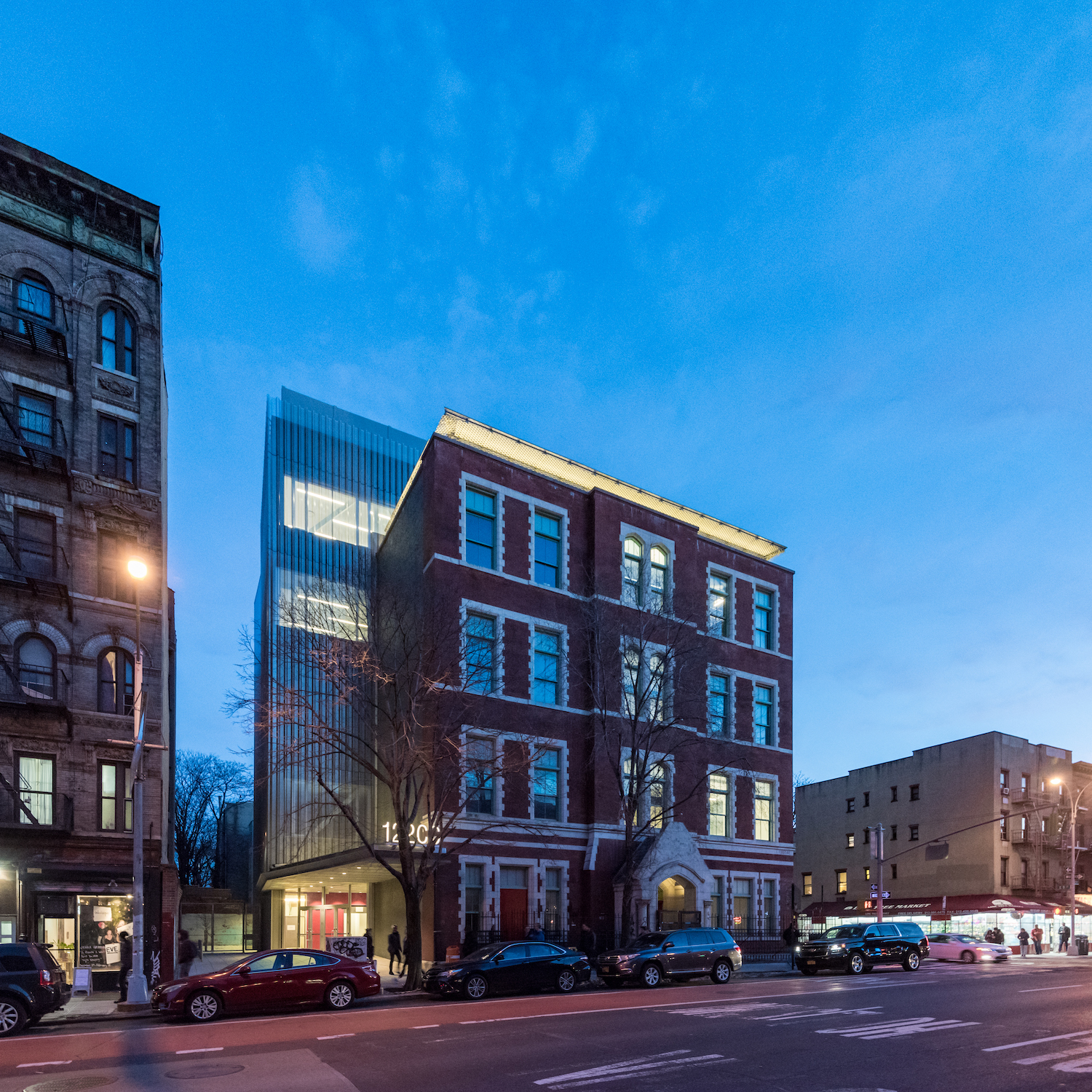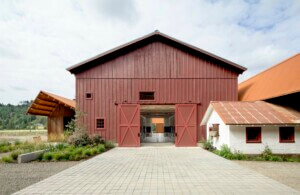The upcoming Re-Use and Renewal Virtual Summit on February 23 and 24 will provide a space for members of the design community to discuss approaches to preservation and adaptive reuse. With environmental concerns moving to the forefront of design and rapidly changing settlement patterns across North America, the revitalization of existing or historic structures provides exciting opportunities and challenges for those in the AEC industry. Prior to the summit, AN caught up with conference keynote Deborah Berke on her eponymous firm’s approach to adaptive reuse and the definition of that term.
AN: I had the pleasure of visiting the Richard Olmstead Campus back in the ‘before times’, and was struck by Deborah Berke Partners’ deft ability in highlighting H.H. Richardson’s original design whilst integrating contemporary building systems and uses. It is safe to say that the same attention to detail is found across your body of work, and I would be curious to learn a bit more about your research and design methodology in approaching such projects?
Deborah Berke: When we work with historically significant buildings, we do a fair amount of research on the history of the building and also on its users. It’s not just the architectural history, but also what the history of use has been over time. Because we think of it as creating an empathetic understanding of the many histories that a place has simultaneously. And I think, particularly on the Richardson Olmstead campus, it was important to understand and be sensitive to the history because of the building’s complex legacy of both positive convalescence and confinement; negative and troubling. So this is the kind of question we can find pretty often. What was the complex reality that a building represents? And how can the transformation of that building tell that story and at the same time, be more inclusive, more accessible, and more connected to the current surrounding community while talking about past communities?
One of our desires I would say, here was to approach this monumental building and as you know, if you were there, it is truly monumental, it is not only enormous in length and in presence, but has remarkably thick walls, it was load-bearing masonry construction. On the ground floor, the walls are more than three feet thick. Our approach was to really have a light hand: the interventions that we did like the glass and steel entry pavilion, which is the single most noticeable thing we did, very deliberately contrast with the weightiness of the building. So not only is it now literally accessible, you can get up without having to use stairs necessarily, and you can enter at grade, and we flipped the entry to the other side from Richardson’s initial point of entry and reoriented one’s experience of the building for today as a building, and then for today because it is now a hotel and it formerly was silent.
It has vast, wide hallways and part of the model of those hospitals was that the hallways were enormous and south-facing and the patient rooms were tiny and north-facing, and the only thing you did in your room was sleep. During the day you sat in the hallway in the warmth of the sun. That was understood to be restorative, which makes sense even today. We kept those hallways, even though it’s about the most inefficient way you can lay out hotels to have a single loaded corridor. We turned that hallway into sun-filled social spaces; there are tables where you can gather and have an impromptu meeting or something. So we are taking advantage of the bones of the building, but putting them to use.

Can you provide a bit of a background on your involvement with the 21c Museum Hotels, and the adaptive reuse field overall? Additionally, how much of your present work would you say is tied to renovation or adaptive reuse?
I will answer those in reverse order, I would say about half of our practice involves adaptive reuse. That isn’t by type. So some might be a hotel, academic, others could even be residential. But across the board, we find adaptive reuse—I hate the expression—but the work itself I find incredibly satisfying, in that you’re breathing new life into an old building, particularly when it’s part of a larger revitalization strategy. That was certainly the intent with the first 21 C which was in downtown Louisville, Kentucky. It wasn’t just about taking five 19th century tobacco warehouses and turning them into a boutique hotel. It was sort of what could the energy of a new hotel that had provocative art inside of it and a great restaurant and great bar, and, of course, Kentucky bourbon, do to the neighborhood immediately around it, that was a part of the revitalization. And that was true with the first 21 C, and it was true of all the ones that have followed the ideas that a 21 c Museum Hotel strengthens the downtown in these midsize cities where they’re built, and brings vibrant culture, I guess, in general, to cities that may not have a contemporary art museum downtown, and also may not have art in an environment where anybody feels they can walk in.

The terms preservation and reuse are often used interchangeably, and both subjects frequently provoke stentorian opinions and even some controversy. How would you categorize and describe your own work? And, what do you perceive to be the greatest issues associated with architectural/historic preservation in America?
Berke: Well, I wrote a very brief article last year, that I called anti-preservation. First of all, preservation or reuse are not interchangeable terms. Absolutely not, preservation is necessary and important, but I think preservation has most often to do with historic significance. You know, the American joke would be where George Washington slept the night before the revolution started, that’s important. You wouldn’t tear down a building by HH Richardson either, right? Because a great architect did great buildings and, but there is a point at which preserving something to tell a tale of history is very different from that.
Reusing a building because that building exists, and reuse sort of encourages this idea that it can be part of a revitalization effort. It’s new eyes on old things, it’s new uses in old spaces. It the environmentally soundest possible idea, you know, there’s so much embedded energy in a building. Why would you, in a sense, throw that away? It’s like throwing away leftovers as opposed to using them in some new dishes. So I believe in both, but my belief in preservation is qualified. And I’m an adamant believer in reuse for all of the reasons I just mentioned, from community revitalization to environmentalism, and built environment responsibility.

What do you see as the most exciting aspects or opportunities of the adaptive reuse field in the years ahead?
Berke: I’ve said this already, but I think it’s important to say it again, there’s an incredible amount of embedded carbon in old buildings, and treating buildings as though they are disposable, is short-sighted and, and destructive on many, many levels. There are so many needs, one of which is housing, but it could also be rethinking worse workspace increasing access to all kinds of public resources and infrastructure in our parks access to our excuse me, education facilities. We’ve been working here in the office on a number of cultural projects, such as the 122 Community Arts Center, recently that transform old school buildings and factories into places of art-making or places of performance that feels exciting. It feels urgent in the most positive way.
More information regarding the Re-Use & Renewal Summit can be found here.











